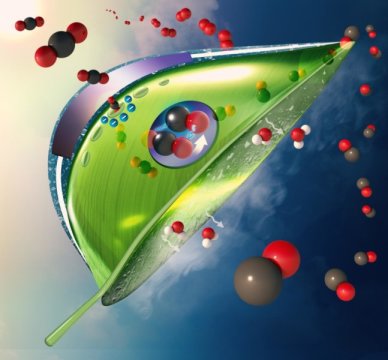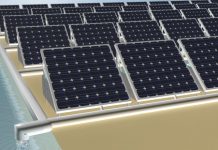Researchers at University of Illinois at Chicago have proposed a new solution that would allow artificial leaves to be successfully used in real-world environments. Previously confined to labs due to technological limitations, artificial leaves may now be used in real-world environments to significantly reduce carbon dioxide and convert CO2 into fuel up to ten times more effectively than natural leaves.
One of the main drawbacks to using artificial leaves outside of labs used to be that they required pressurized carbon dioxide to successfully mimic photosynthesis.
Meenesh Singh, assistant professor of chemical engineering in the UIC College of Engineering and corresponding author on the paper, explains: “So far, all designs for artificial leaves that have been tested in the lab use carbon dioxide from pressurized tanks. In order to implement successfully in the real world, these devices need to be able to draw carbon dioxide from much more dilute sources, such as air and flue gas, which is the gas given off by coal-burning power plants.”
Leaves In Water Capsules
The new solution proposed by the UIC research team is based on encapsulating the artificial leaf inside a semi-permeable membrane filled with water. As water evaporates, the cell pulls in carbon dioxide which is then converted by the leaf into oxygen and carbon monoxide.
The resulting oxygen can be released into the atmosphere, while the carbon monoxide can be used as the basis for synthetic fuels.
Singh says: “Our conceptual design uses readily available materials and technology, that when combined can produce an artificial leaf that is ready to be deployed outside the lab where it can play a significant role in reducing greenhouse gases in the atmosphere.”
“By enveloping traditional artificial leaf technology inside this specialized membrane, the whole unit is able to function outside, like a natural leaf”, he continues.
According to the study, 360 leaves measuring 1.7 x 0.2 meters each would be sufficient to produce almost half a ton of carbon monoxide per day, which would then be converted to synthetic fuels.
More information can be found at https://www.sciencedaily.com/releases/2019/02/190212160020.htm.





























